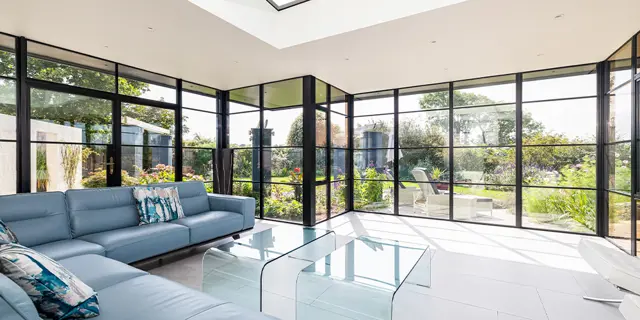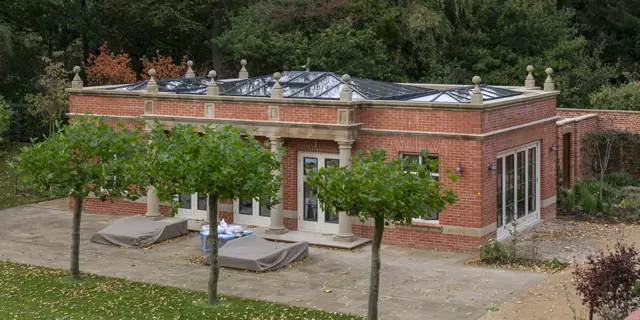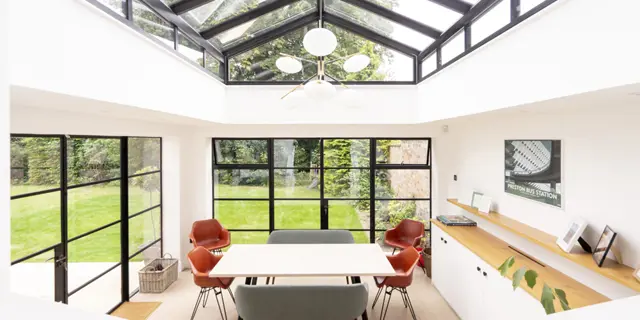Exploring Garden Room Extensions: A Comprehensive Guide to Types and Considerations
Garden room extensions have become a popular choice for homeowners seeking to expand their living spaces seamlessly into the outdoors. These versatile extensions not only add value to a property but also provide a unique retreat to enjoy the beauty of nature. In this blog post, we'll delve into the various types of garden room extensions, exploring their benefits and disadvantages to help you make an informed decision for your home.
1. Traditional Conservatories:
Benefits:
- Abundance of Light: Conservatories typically feature large windows and glass walls, allowing natural light to flood the space.
- Versatility: Suitable for various uses, including a dining area, home office, or a cozy reading nook.
- Classic Aesthetics: Timeless design that complements both traditional and modern homes.
Disadvantages:
- Temperature Control: Conservatories may struggle with temperature regulation, becoming too hot in summer and cold in winter.
- Limited Insulation: Older designs may lack sufficient insulation, impacting energy efficiency.
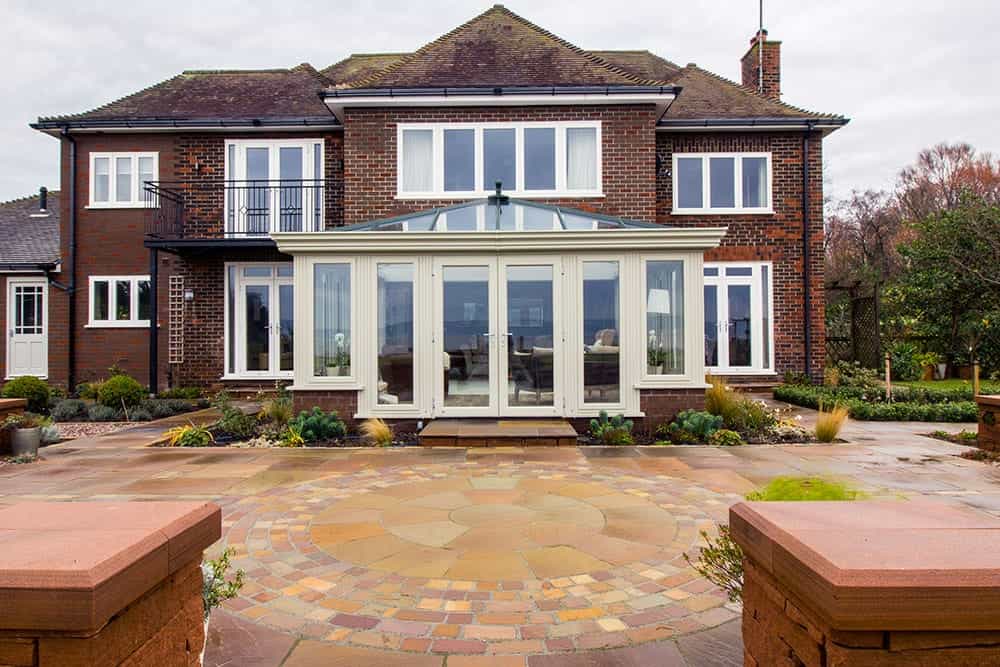
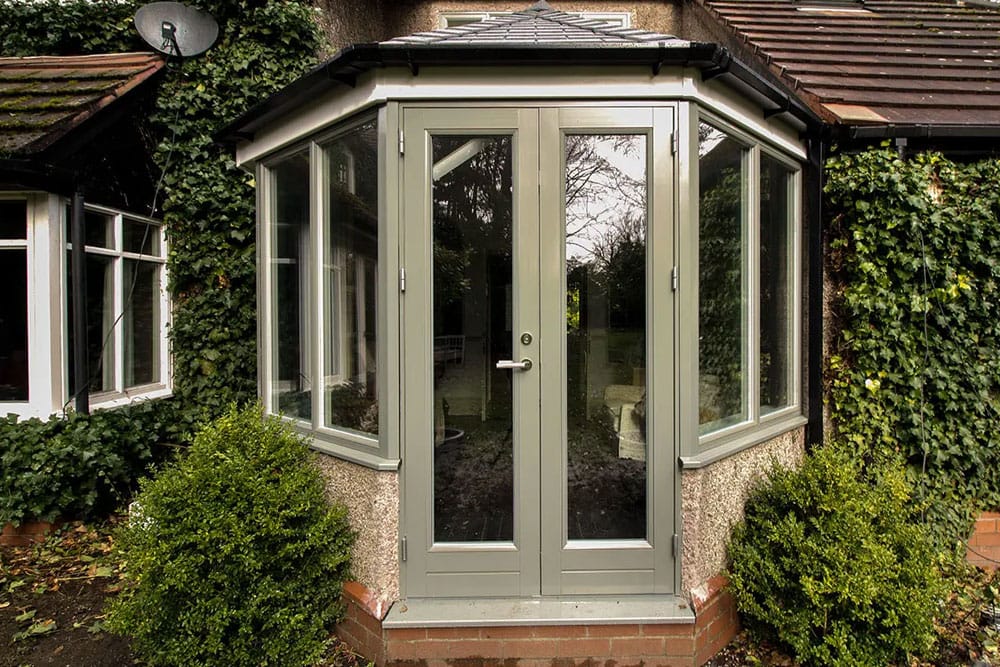
2. Orangeries:
Benefits:
- Enhanced Privacy: Orangeries often feature more brickwork than conservatories, providing a greater sense of privacy.
- Year-Round Use: Better insulation and temperature control, making them suitable for use in all seasons.
- Elegant Design: Combines solid structure with expansive glazing for a sophisticated look.
Disadvantages:
- Cost: Generally, orangeries tend to be more expensive than traditional conservatories.
- Limited Glass Area: While providing better insulation, orangeries may have less glass, reducing the open feeling.
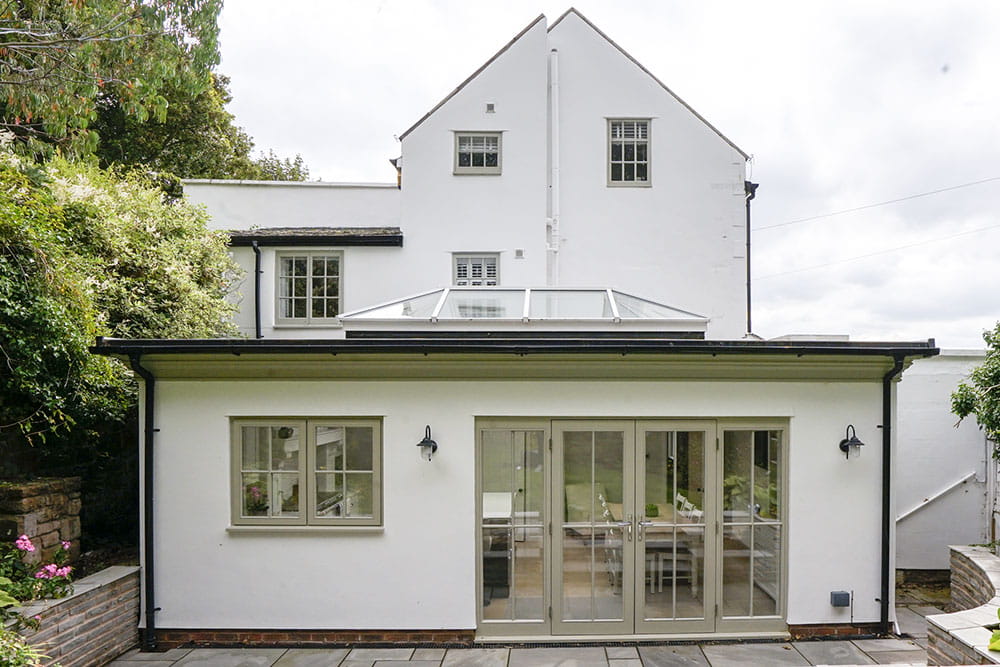
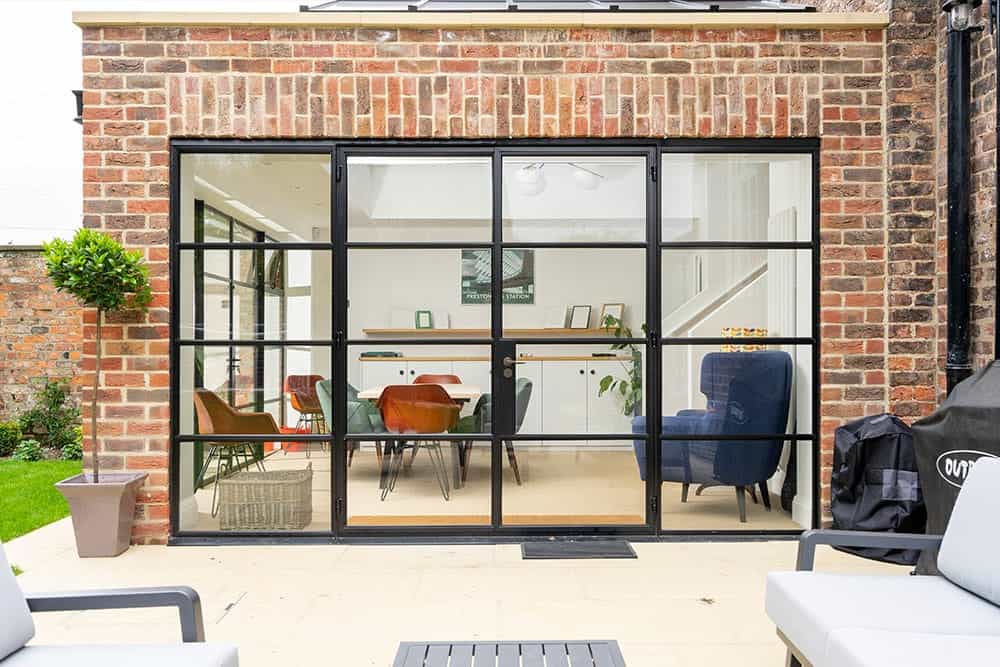
3. Glass Box Extensions:
Benefits:
- Contemporary Design: Modern and sleek, glass box extensions offer a minimalist aesthetic.
- Uninterrupted Views: Floor-to-ceiling glass provides stunning views of the garden.
- Versatile Use: Suitable for various purposes, including a dining area, home office, or a tranquil retreat.
Disadvantages:
- Heat Retention: Glass box extensions may become warm in direct sunlight, requiring efficient ventilation.
- Privacy Concerns: The extensive use of glass may compromise privacy, especially in densely populated areas.
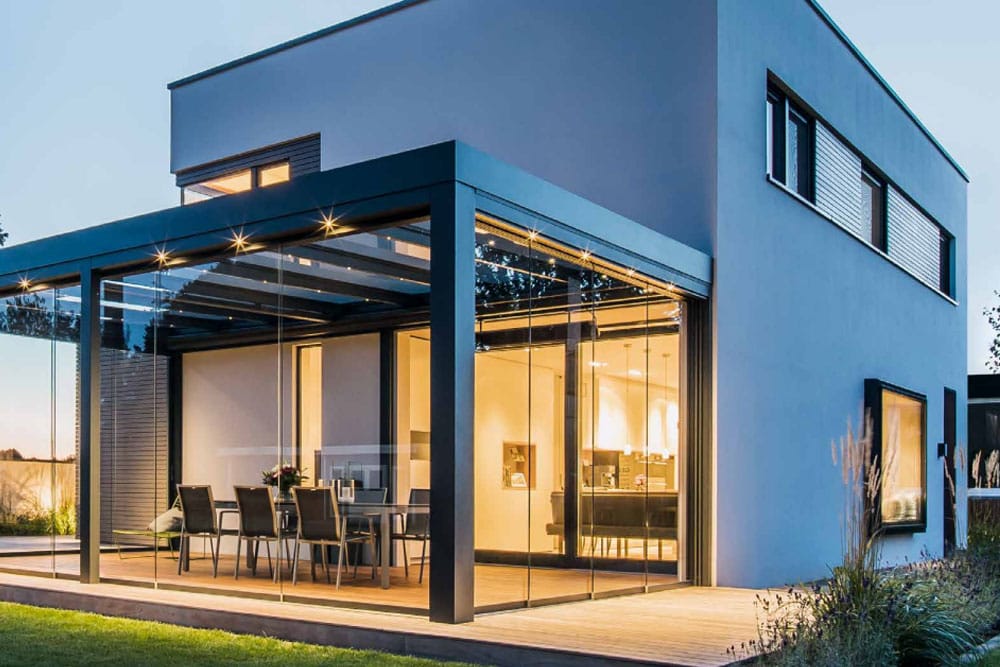
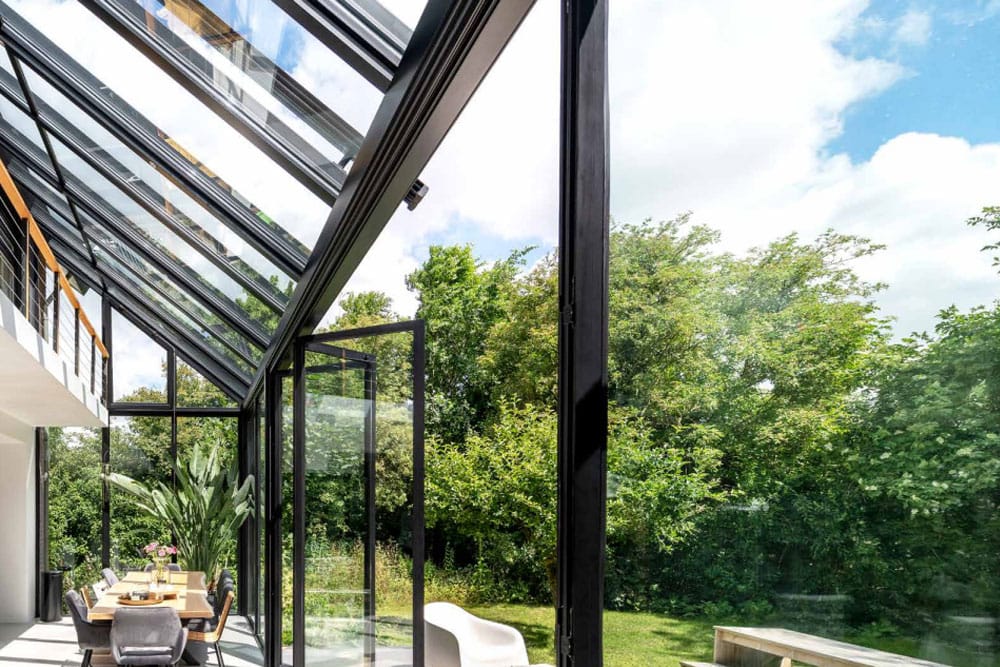
4. Log Cabins or Garden Rooms:
Benefits:
- Natural Aesthetics: Log cabins blend seamlessly with garden surroundings, providing a rustic charm.
- Year-Round Use: Insulated options are available, allowing for comfortable use throughout the seasons.
- Diverse Uses: Ideal for use as a home office, guest room, or a cozy retreat.
Disadvantages:
- Space Limitations: Smaller size compared to conservatories or orangeries may limit usage options.
- Limited Natural Light: May not provide the same level of natural light as glass extensions.
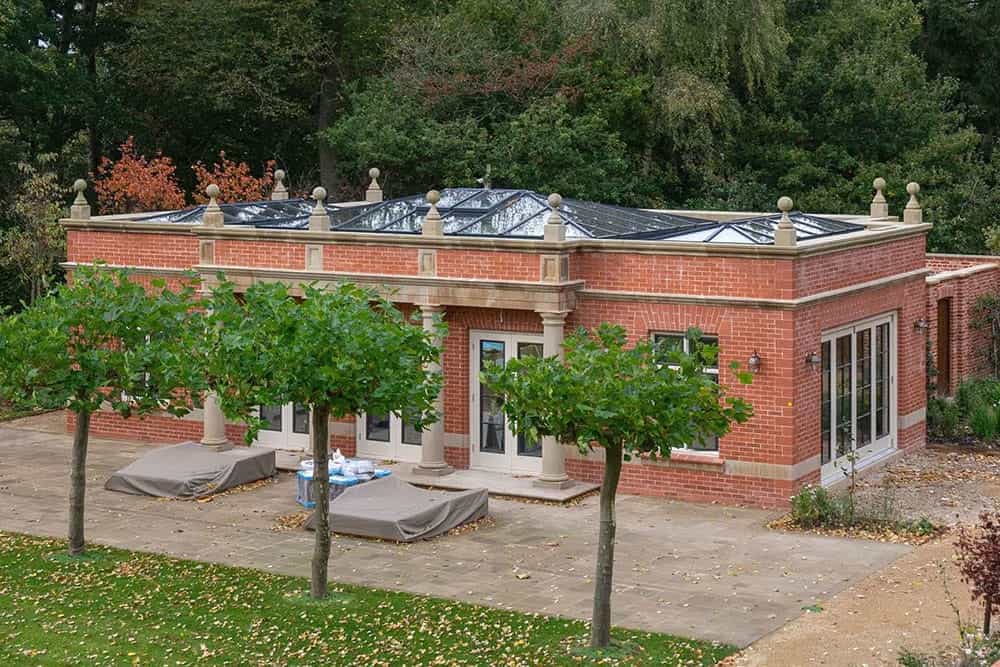
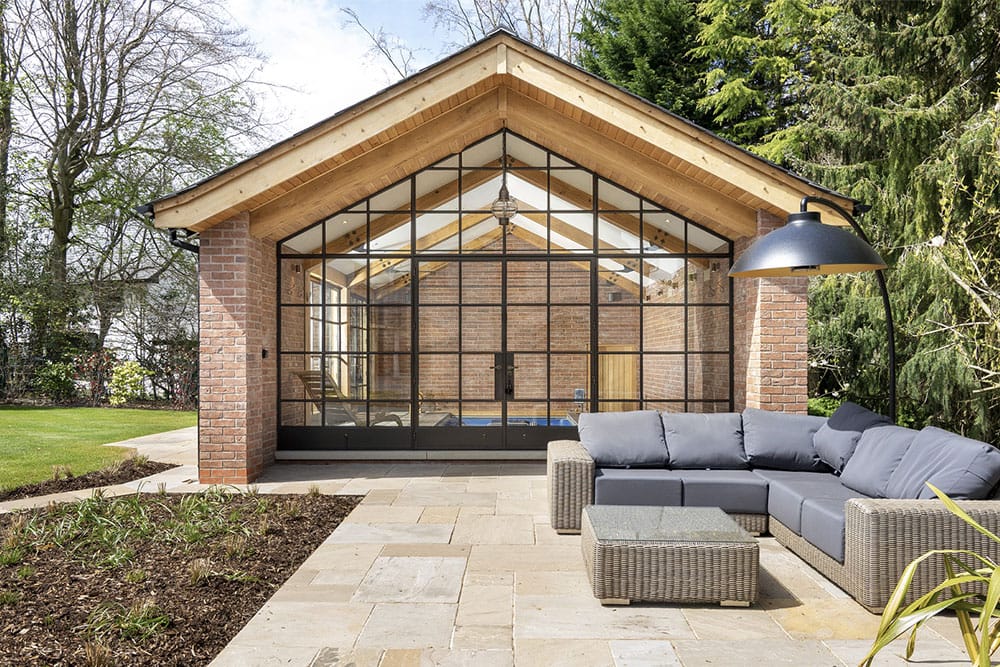
Conclusion:
Choosing the right garden room extension involves considering your preferences, budget, and how you intend to use the space. Each type has its unique benefits and disadvantages, and finding the perfect fit requires careful consideration. Whether you opt for the classic charm of a conservatory, the sophistication of an orangery, the modern aesthetics of a glass box extension, or the rustic appeal of a log cabin, your garden room extension can become a cherished space that seamlessly connects your home with nature.
